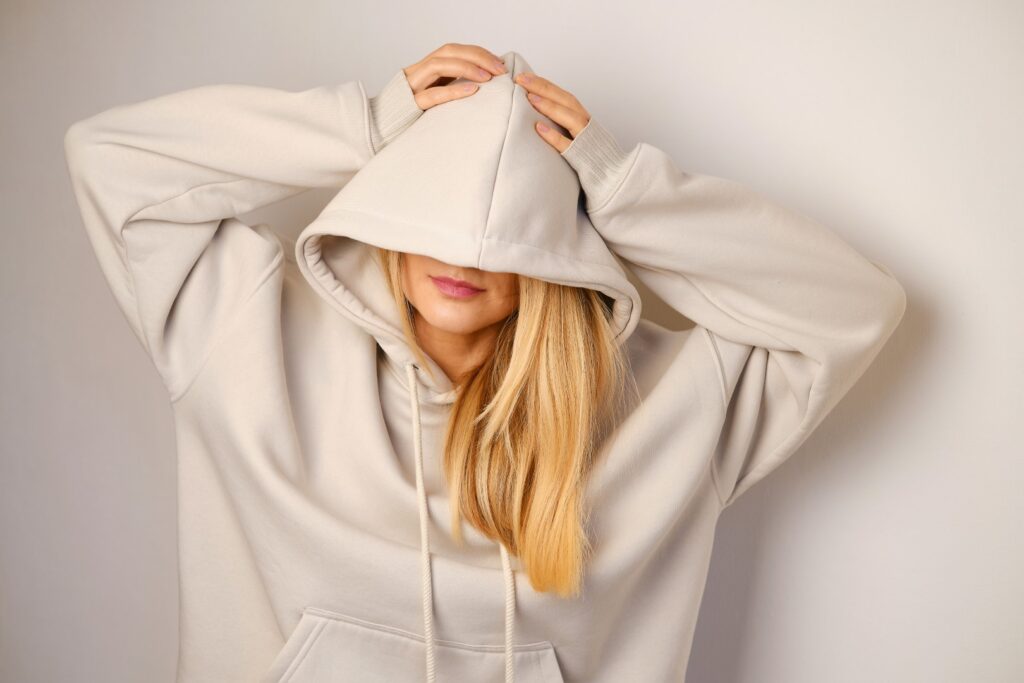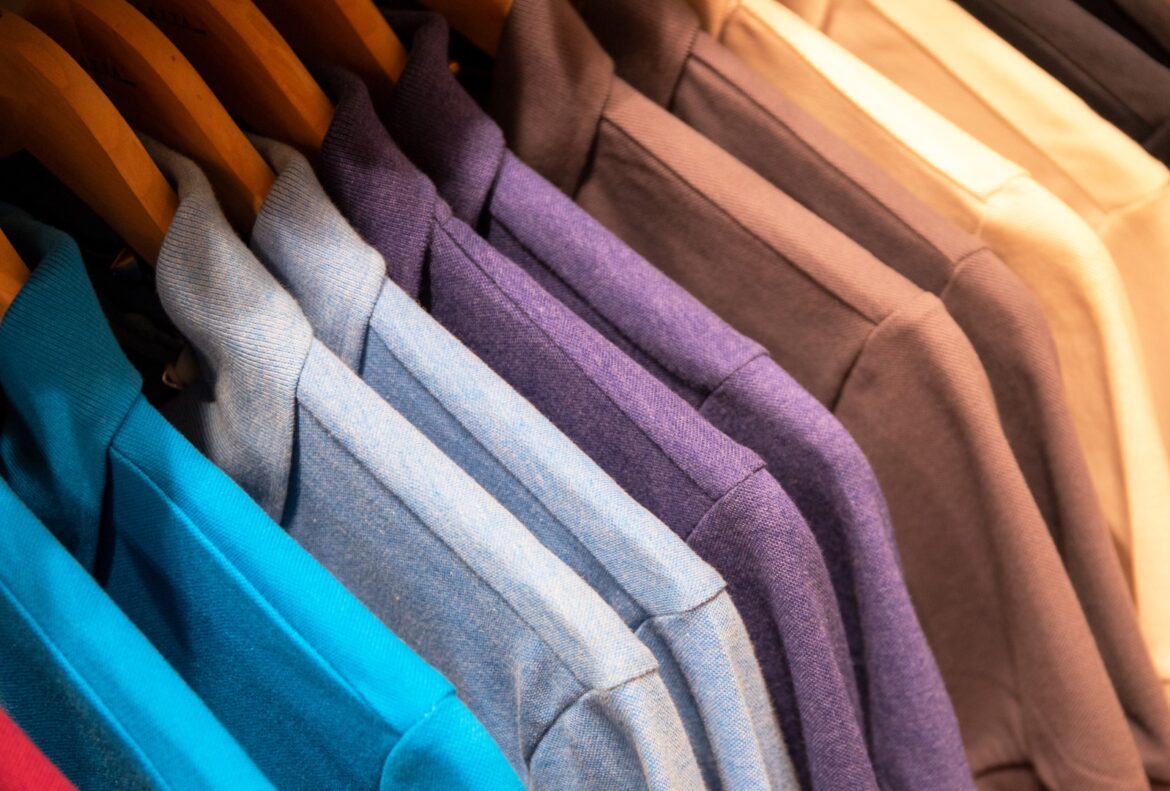Fashion has always been a way to express oneself and make a statement. However, for decades, the fashion industry has been perpetuating gender stereotypes by creating clothes that are specifically designed for men or women. This has led to the development of rigid gender roles and has limited the fashion choices for people who do not conform to these traditional roles. However, in recent years, there has been a rise in gender-neutral clothing, which is breaking these stereotypes and challenging the traditional notions of gender in fashion.

Gender-neutral clothing is clothing that is not specifically designed for men or women but can be worn by people of any gender. This type of clothing is designed to be inclusive and non-binary, and it challenges the traditional notions of gender that are often perpetuated in the fashion industry. Gender-neutral clothing is all about creating pieces that are comfortable, functional, and stylish, without conforming to gender stereotypes.
One of the reasons why gender-neutral clothing is becoming increasingly popular is that it allows people to express themselves freely without feeling confined by traditional gender roles. It provides a safe space for people who do not conform to traditional gender norms, and it allows them to explore different aspects of their identity through their clothing. This is especially important for people who identify as non-binary or transgender, as they often face discrimination and marginalization in society.
Another reason why gender-neutral clothing is becoming more popular is that it is a more sustainable and ethical option. By creating clothes that can be worn by anyone, designers can reduce the amount of waste generated by the fashion industry. They can also ensure that their clothes are made ethically and sustainably, without relying on exploitative labor practices or harmful materials.
Gender-neutral clothing is also challenging the traditional notions of masculinity and femininity that are often perpetuated in the fashion industry. In the past, men were expected to wear clothes that were practical and functional, while women were expected to wear clothes that were decorative and fashionable. This led to the development of rigid gender roles, where men were expected to be strong and stoic, while women were expected to be nurturing and emotional.
Gender-neutral clothing is breaking these stereotypes by creating clothes that are functional, practical, and fashionable, regardless of the gender of the person wearing them. It is allowing men to explore their feminine side and women to explore their masculine side, without being judged or discriminated against. It is creating a more inclusive and diverse fashion industry that is reflective of the diversity of the people who wear its clothes.
One of the challenges of creating gender-neutral clothing is that it requires a shift in the way that designers approach fashion. They need to create clothes that are not specifically designed for men or women, but that are still fashionable and desirable. This requires a rethinking of traditional fashion design, where clothes are often created with a specific gender in mind. It also requires a greater understanding of the needs and preferences of people who do not conform to traditional gender roles.
However, many designers are rising to this challenge, and there are now numerous brands that specialize in gender-neutral clothing. These brands are creating clothes that are comfortable, functional, and stylish, without conforming to traditional gender stereotypes. They are using a range of materials and styles to create clothes that can be worn by anyone, regardless of their gender identity.
The rise of gender-neutral clothing is not just limited to the fashion industry. It is also being embraced by other industries, such as beauty and grooming. Many beauty brands are now creating products that are gender-neutral, such as skincare products that can be used by anyone, regardless of their gender. This is creating a more inclusive and diverse beauty industry that is reflective of the diversity of the people who use its products.

In conclusion, the rise of gender-neutral clothing is a positive development in the fashion industry. It is breaking stereotypes, challenging traditional notions of gender, and creating a more inclusive and diverse fashion industry. It is allowing people to express themselves freely without being confined by traditional gender roles, and it is creating a more sustainable and ethical fashion industry. However, there is still a long way to go in terms of creating a truly inclusive and diverse fashion industry.
One of the challenges of creating a truly inclusive and diverse fashion industry is the need for greater representation. While there are now numerous brands that specialize in gender-neutral clothing, there is still a lack of representation of people who do not conform to traditional gender roles. Many fashion campaigns and runway shows still feature predominantly cisgender models, and there is still a lack of representation of people who identify as non-binary or transgender.
To create a truly inclusive and diverse fashion industry, there needs to be greater representation of people from all gender identities and backgrounds. This includes not just models but also designers, stylists, and other professionals within the industry. By creating a more diverse and inclusive fashion industry, we can break down the rigid gender roles that have been perpetuated for decades and create a space where everyone can express themselves freely through their clothing.


